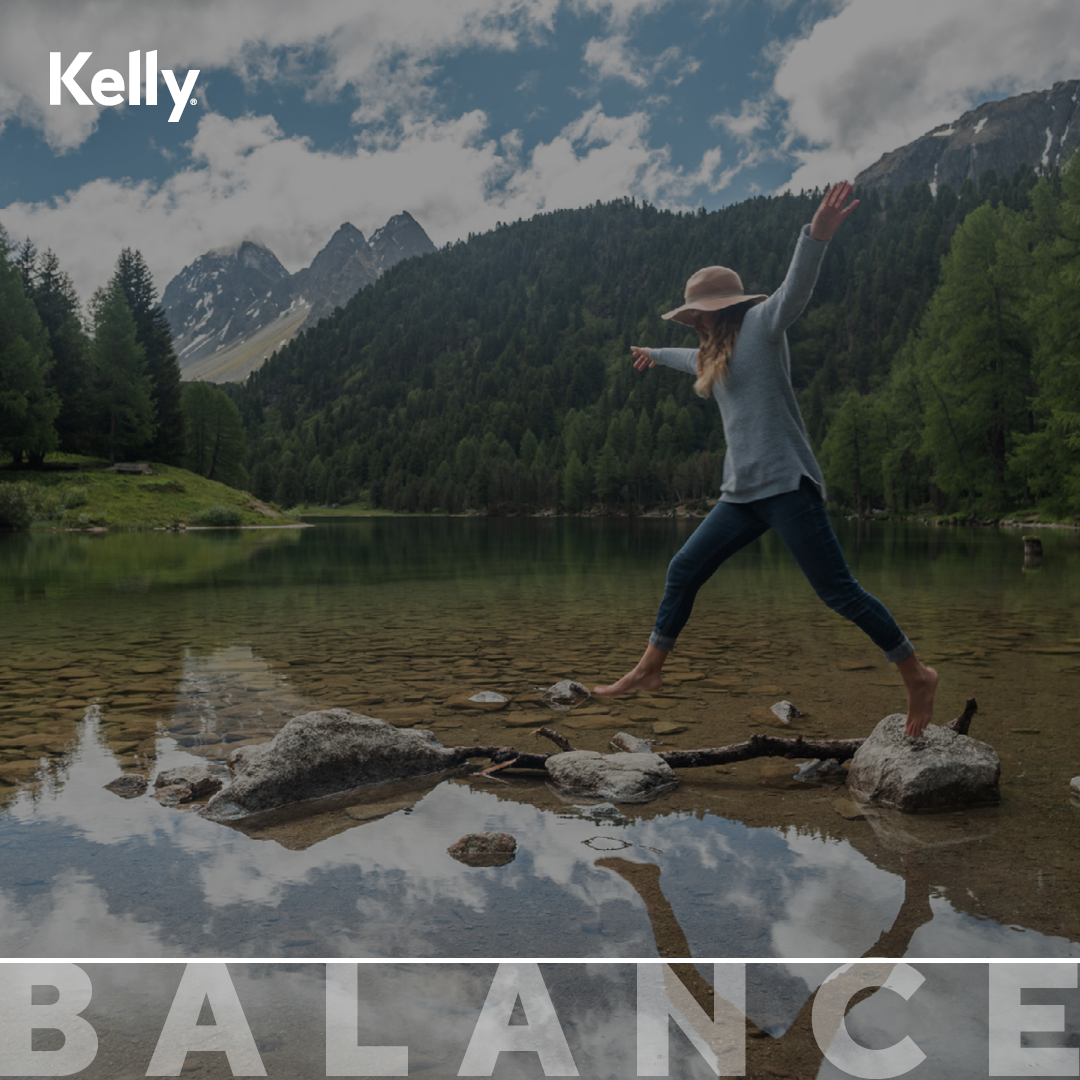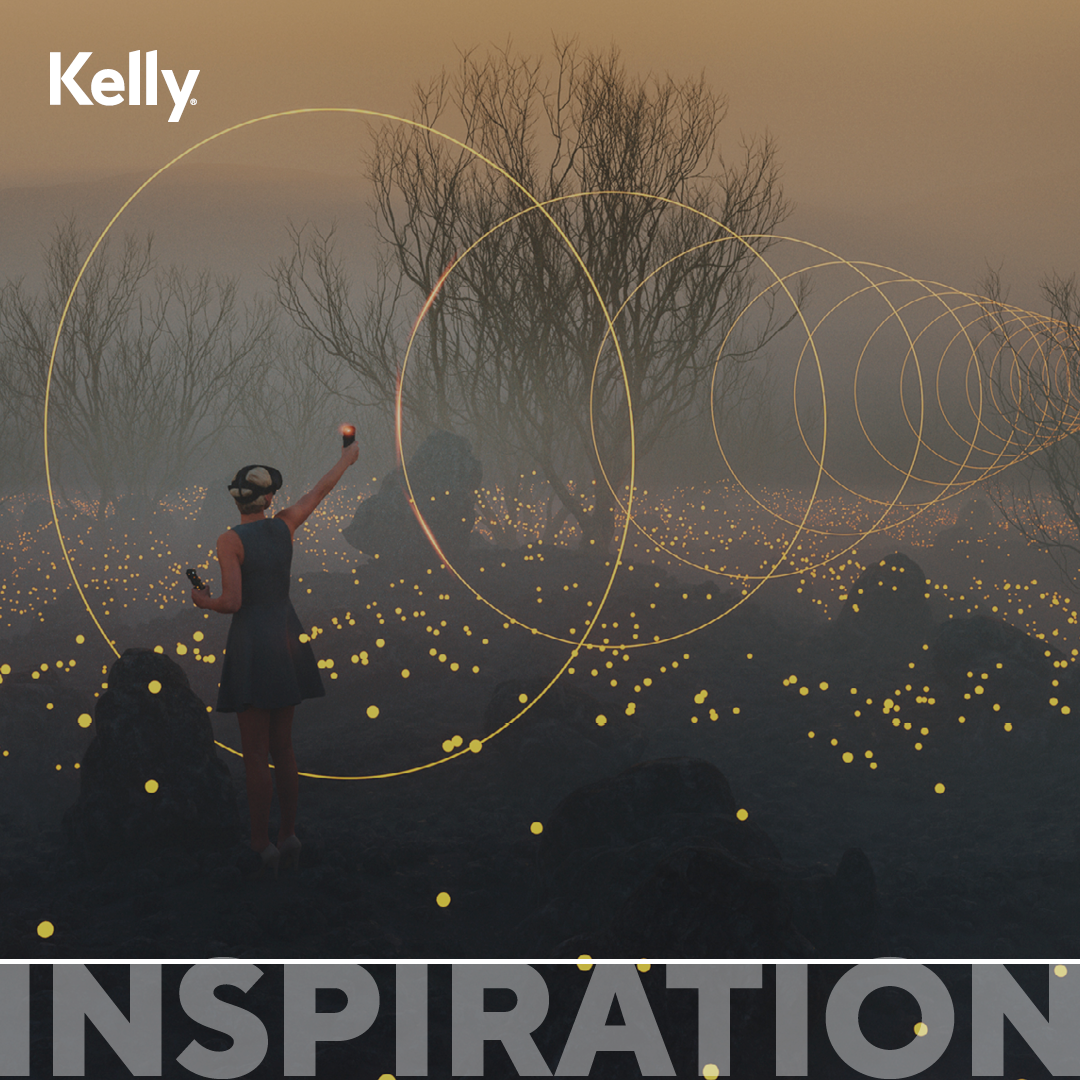
The remote revolution is already happening in the life sciences industry, so where do we go from here?
The life sciences industry has traditionally been behind the pack when it comes to remote working. After all, there are some lab and manufacturing-based roles that can’t be done remotely. But the global pandemic is changing this picture fast. It’s estimated that 35% of life sciences roles can be done from home, including roles in quality assurance, regulation, and medical writing. As many life sciences professionals decide that home working is part of their future, how can organisations make sure they are prepared for what’s next?
Ensure you have the right technology in place
The right systems, processes, and technology are vital in supporting a growing home-based workforce. Many solutions were rolled out quickly in the wake of Covid-19; now is the time to reassess, review, and make sure you have the right tools to support long-term homeworking.
Embrace a global workforce
Remote working opens the door to niche specialists and life sciences experts around the world. How could a global talent pool support and accelerate your business? It’s time to go beyond geographical boundaries in your talent search. The human cloud is a great way to access and engage diverse life sciences talent everywhere.
Look for new ways to collaborate
Remote working shouldn’t mean a reduction in collaboration. This means you have to proactively connect with and engage your workforce, wherever they are. New technology in wearable patient devices and virtual monitoring also means that clinical researchers and scientists can collaborate in ways that weren’t possible just a few years ago.
Want to find out more about the remote working revolution?Explore our Life Sciences Spotlight on remote working or discover other life sciences talent trends in the our wider spotlight series.







